Home>Home Appliances>Kitchen Appliances>How To Clean The Smeg Espresso Machine
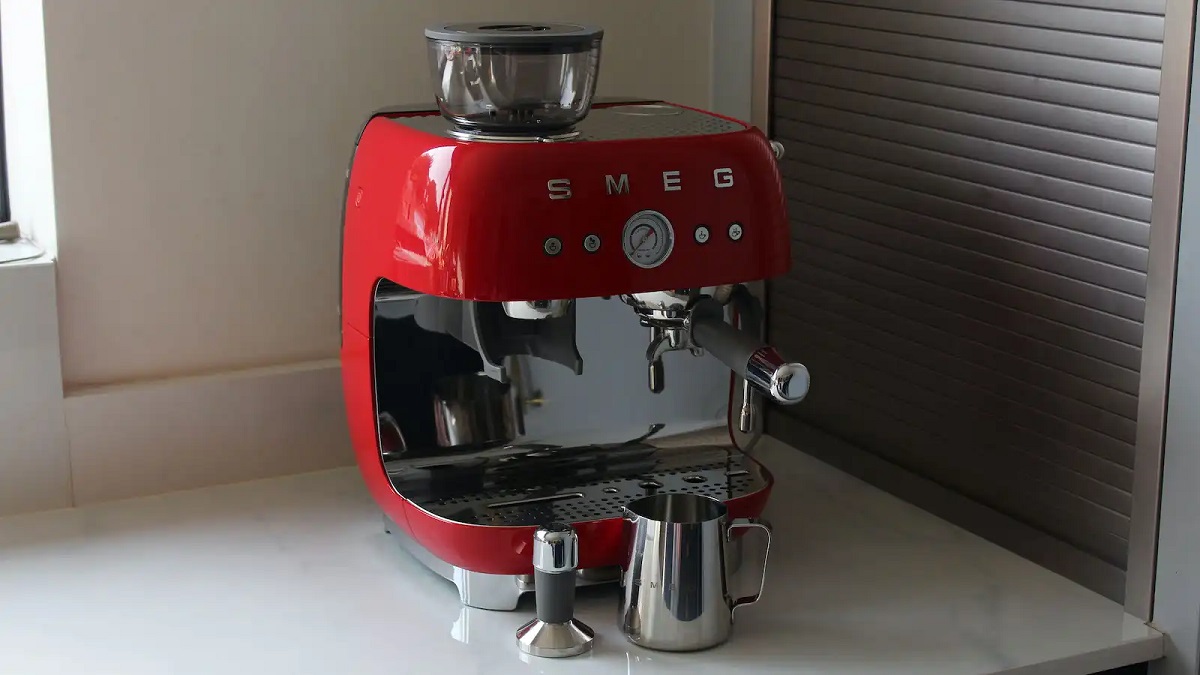

Kitchen Appliances
How To Clean The Smeg Espresso Machine
Modified: January 7, 2024
Learn the best tips for cleaning your Smeg espresso machine to keep it in top condition. Discover expert advice for maintaining kitchen appliances.
(Many of the links in this article redirect to a specific reviewed product. Your purchase of these products through affiliate links helps to generate commission for Storables.com, at no extra cost. Learn more)
**
Introduction
**
Welcome to the world of gourmet coffee! Owning a Smeg espresso machine is a delightful experience, allowing you to savor the rich flavors and aromas of freshly brewed coffee right in the comfort of your own home. To ensure that your machine consistently delivers top-notch performance, it's essential to keep it clean and well-maintained. In this comprehensive guide, we'll walk you through the step-by-step process of cleaning your Smeg espresso machine, covering everything from the exterior to the internal components. By following these maintenance tips, you can prolong the lifespan of your espresso machine and continue enjoying delicious, barista-quality coffee for years to come.
So, let's dive in and discover the best practices for cleaning and maintaining your Smeg espresso machine. Whether you're a seasoned coffee aficionado or a newcomer to the world of espresso, this guide will equip you with the knowledge and skills to keep your machine in pristine condition, ensuring that every cup of coffee is a delightful indulgence. Let's get started!
**
Key Takeaways:
- Keep your Smeg espresso machine clean and well-maintained to enjoy delicious, barista-quality coffee at home. Follow safety precautions, clean the exterior, water tank, portafilter, steam wand, and descale regularly for optimal performance and longevity.
- Prioritize safety by unplugging the machine, allowing it to cool, and using protective gear. Clean the exterior, water tank, portafilter, and steam wand regularly. Descaling the machine and reassembling it properly are essential for optimal performance and longevity.
Read more: How To Clean An Espresso Machine
Safety Precautions
**
Before embarking on the cleaning process, it's crucial to prioritize safety. Working with any electrical appliance requires a careful approach to avoid accidents and damage. Here are some essential safety precautions to keep in mind:
- Unplug the Machine: Always start by unplugging the Smeg espresso machine from the power source before initiating any cleaning or maintenance procedures. This simple step ensures that there is no risk of electrical shock during the cleaning process.
- Allow the Machine to Cool: If you've recently used the espresso machine to brew coffee, allow it to cool down before beginning the cleaning process. Hot surfaces, such as the steam wand and portafilter, can cause burns if not handled with caution.
- Use Protective Gear: When handling cleaning solutions or hot water, consider wearing protective gloves to shield your hands from potential skin irritation or burns. Additionally, using eye protection can be beneficial, especially when working with cleaning agents.
- Read the Instruction Manual: Familiarize yourself with the manufacturer's guidelines for cleaning and maintenance. The instruction manual provides valuable insights into the specific cleaning requirements for your Smeg espresso machine, ensuring that you follow the recommended procedures.
- Ventilate the Area: If you're using cleaning solutions or descaling agents, ensure that the area is well-ventilated to prevent inhalation of fumes. Proper ventilation minimizes exposure to potentially harmful chemicals, promoting a safe cleaning environment.
By adhering to these safety precautions, you can approach the cleaning process with confidence, knowing that you're prioritizing your well-being and the longevity of your Smeg espresso machine.
Cleaning the Exterior
Keeping the exterior of your Smeg espresso machine clean not only contributes to its aesthetic appeal but also ensures a hygienic brewing environment. Here’s a step-by-step guide to effectively clean the exterior of your espresso machine:
- Unplug the Machine: Before starting the cleaning process, unplug the espresso machine from the power source to eliminate any electrical hazards.
- Use a Damp Cloth: Begin by wiping the exterior surfaces of the machine with a soft, damp cloth. This helps remove any dust, coffee grounds, or other debris that may have accumulated on the exterior panels.
- Mild Detergent Solution: For stubborn stains or dried-on residue, prepare a mild detergent solution by mixing a small amount of gentle dish soap with warm water. Dampen a clean cloth in the solution and gently wipe the affected areas, ensuring not to saturate the machine with excess water.
- Dry Thoroughly: After cleaning with the detergent solution, use a dry cloth to thoroughly wipe and dry the exterior surfaces. This prevents water spots and maintains the luster of the machine’s finish.
- Polishing (Optional): If your Smeg espresso machine has a stainless steel exterior, you can use a specialized stainless steel cleaner and polish to restore its shine and remove any fingerprints or smudges.
By following these simple steps, you can keep the exterior of your Smeg espresso machine looking pristine, reflecting your dedication to both the appliance and the art of brewing exceptional coffee.
Cleaning the Water Tank
The water tank of your Smeg espresso machine plays a pivotal role in delivering high-quality coffee, making it essential to keep this component clean and free from impurities. Follow these steps to effectively clean the water tank:
- Empty the Tank: Start by removing the water tank from the espresso machine and emptying any remaining water. Discard the water and thoroughly rinse the tank with fresh water to remove any residual coffee particles or impurities.
- Prepare a Cleaning Solution: Create a mild cleaning solution by mixing warm water with a small amount of white vinegar or a specialized coffee machine descaler. The acidic properties of vinegar effectively break down mineral deposits and scale that may have accumulated in the water tank.
- Soak and Agitate: Fill the water tank with the prepared cleaning solution and allow it to soak for a period of time as recommended by the manufacturer or descaling product instructions. Periodically agitate the solution within the tank to ensure thorough cleaning.
- Rinse Thoroughly: After the soaking period, empty the cleaning solution from the water tank and rinse it thoroughly with fresh water. This step is crucial to remove any residual cleaning solution and prevent it from affecting the flavor of the brewed coffee.
- Dry Completely: Once rinsed, ensure that the water tank is completely dry before reinserting it into the espresso machine. Use a clean, dry cloth to wipe the interior and exterior of the tank, eliminating any moisture that could lead to bacterial growth.
By regularly cleaning the water tank, you can maintain the purity of the water used in the brewing process, ultimately preserving the flavor and aroma of your espresso. Additionally, a clean water tank contributes to the longevity of the espresso machine, preventing potential clogging or damage caused by mineral buildup.
Cleaning the Portafilter
The portafilter is a critical component of your Smeg espresso machine, responsible for holding the coffee grounds during the brewing process. To ensure the delivery of consistently delicious coffee, it’s essential to keep the portafilter clean and free from residual coffee oils and grounds. Follow these steps to effectively clean the portafilter:
- Empty Used Coffee Grounds: After brewing coffee, promptly remove the used coffee grounds from the portafilter. Discard the grounds and rinse the portafilter basket under running water to remove any remaining particles.
- Dismantle the Portafilter: If your portafilter is designed to be disassembled, carefully remove the filter basket and any additional components. This allows for thorough cleaning of all parts and ensures that no coffee residue remains trapped within the assembly.
- Use a Cleaning Brush: Utilize a specialized coffee brush or a small, soft-bristled brush to clean the interior of the portafilter and the filter basket. Gently scrub to dislodge any coffee oils or fine particles that may have adhered to the surfaces.
- Rinse and Soak: Once brushed, rinse the portafilter components under running water to remove loosened debris. If necessary, consider soaking the disassembled parts in a mild detergent solution to further dissolve oils and residues. Thoroughly rinse after soaking to eliminate any soapy residue.
- Dry Completely: After cleaning, ensure that all components of the portafilter are completely dry before reassembling and using them again. Use a clean, lint-free cloth to dry the parts and allow them to air dry fully before reinserting them into the espresso machine.
By maintaining a clean portafilter, you can uphold the integrity of the coffee flavors, prevent rancidity from residual oils, and ensure that each espresso shot is brewed to perfection. Additionally, regular cleaning of the portafilter contributes to the longevity of the machine, minimizing the risk of clogging and preserving the quality of the brewing process.
To clean your Smeg espresso machine, regularly descale the water tank and clean the portafilter, group head, and steam wand with a damp cloth. Run a cleaning cycle with a specialized espresso machine cleaner to keep it in top condition.
Read more: How To Clean A Starbucks Espresso Machine
Cleaning the Steam Wand
The steam wand of your Smeg espresso machine is instrumental in creating velvety milk froth for lattes, cappuccinos, and other specialty coffee beverages. To maintain the wand’s performance and hygiene, regular cleaning is essential. Follow these steps to effectively clean the steam wand:
- Purge the Wand: Before and after each use, purge the steam wand by releasing a short burst of steam to expel any milk residue and prevent it from solidifying within the wand. This simple practice minimizes the accumulation of dried milk, making the subsequent cleaning process more manageable.
- Wipe Immediately: After each use, promptly wipe the exterior of the steam wand with a damp cloth to remove any milk splatters or residue. This prevents the buildup of dried milk, which can be challenging to remove if left unattended.
- Soak in Hot Water: For thorough cleaning, fill a container with hot water and immerse the steam wand in the water immediately after use. Allowing the wand to soak in hot water helps to soften and loosen any dried milk that may have adhered to the wand’s interior.
- Use a Steam Wand Brush: After soaking, use a specialized steam wand brush to clean the interior of the wand. Gently insert the brush into the wand to dislodge any remaining milk residue, ensuring that the entire length of the wand is thoroughly cleaned.
- Purge and Wipe Again: Once the interior is brushed, purge the steam wand again to expel any dislodged residue. Wipe the exterior with a clean, damp cloth to remove any loosened debris and ensure that the wand is visually clean and hygienic.
By incorporating these cleaning practices into your routine, you can uphold the functionality of the steam wand, preventing blockages and maintaining the quality of milk froth for your favorite coffee beverages. Additionally, regular cleaning minimizes the risk of bacterial growth and contributes to a delightful coffee-making experience.
Descaling the Machine
Over time, mineral deposits and scale can accumulate within the internal components of your Smeg espresso machine, particularly in areas that come into contact with water. Descaling is a crucial maintenance task that helps remove these deposits, ensuring optimal performance and extending the lifespan of your machine. Follow these steps to effectively descale your espresso machine:
- Prepare the Descaling Solution: Select a high-quality descaling solution that is compatible with espresso machines. Follow the manufacturer’s instructions to prepare the appropriate concentration of descaling solution, ensuring that it is suitable for your specific machine model.
- Empty the Water Tank: Ensure that the water tank is empty before initiating the descaling process. If there is any remaining water, discard it and rinse the tank thoroughly with fresh water to remove any residual coffee or impurities.
- Fill the Water Tank: Pour the prepared descaling solution into the water tank, ensuring that it is adequately filled to initiate the descaling cycle. Refer to the manufacturer’s guidelines for the recommended volume of descaling solution to use.
- Initiate the Descaling Cycle: Follow the machine’s instructions to start the descaling cycle. This typically involves running the descaling solution through the internal components, including the boiler and internal tubing, to dissolve and remove mineral deposits and scale buildup.
- Flush with Fresh Water: Once the descaling cycle is complete, thoroughly rinse the water tank and refill it with fresh water. Run multiple cycles of plain water through the machine to flush out any remaining descaling solution and prevent it from affecting the flavor of future brews.
- Wipe and Dry Externals: While the machine is flushing with fresh water, take the opportunity to wipe down the external surfaces with a clean, damp cloth. Once the descaling process is complete, ensure that the machine is thoroughly dry before use.
Regular descaling not only safeguards the performance and longevity of your Smeg espresso machine but also preserves the flavor and quality of the coffee it produces. By incorporating descaling into your maintenance routine, you can enjoy consistently exceptional coffee while minimizing the risk of mineral-related issues within the machine’s internal components.
Reassembling the Machine
After completing the cleaning and maintenance tasks, reassembling your Smeg espresso machine is a crucial step to ensure that it is fully operational and ready to brew delicious coffee. Follow these steps to reassemble the machine after cleaning and maintenance:
- Drying Components: Before reassembling, ensure that all cleaned components are thoroughly dry. Use a clean, lint-free cloth to wipe down each part, removing any residual moisture that may have accumulated during the cleaning process.
- Portafilter and Basket: If you disassembled the portafilter for cleaning, reinsert the filter basket into the portafilter and ensure that it is securely in place. The portafilter is a key component for brewing, so its proper reassembly is essential for the machine’s functionality.
- Water Tank Reinsertion: Carefully reinsert the water tank into its designated position within the machine. Ensure that it is securely placed and that any accompanying components, such as water filters or sensors, are correctly aligned and installed.
- Steam Wand Positioning: If the steam wand was removed for cleaning, reposition it securely, ensuring that it is properly aligned and free from any obstructions that may impede its functionality during use.
- Power Connection: Once all components are reassembled, connect the espresso machine to the power source. Ensure that the power cord is securely plugged in, and verify that the machine is ready for operation.
- Test Run: Before brewing a fresh cup of coffee, run a test cycle with plain water to ensure that the machine is functioning correctly. This allows you to verify that all components are reassembled properly and that there are no issues impeding the brewing process.
By meticulously reassembling your Smeg espresso machine, you can ensure that it operates smoothly and efficiently, ready to deliver exceptional coffee with each use. Proper reassembly following cleaning and maintenance is essential for the machine’s performance and your overall coffee-making experience.
Final Tips for Maintenance
Maintaining your Smeg espresso machine is essential for preserving its performance, extending its lifespan, and ensuring that every cup of coffee is a delightful indulgence. Here are some additional tips to enhance the maintenance of your espresso machine:
- Regular Cleaning Schedule: Establish a regular cleaning schedule to prevent the accumulation of coffee oils, mineral deposits, and other residues. Consistent cleaning and maintenance efforts contribute to the longevity and reliability of your machine.
- Use Filtered Water: Whenever possible, use filtered water in your espresso machine to minimize the risk of mineral buildup. Filtered water reduces the presence of impurities that can affect the taste of your coffee and the performance of the machine.
- Monitor Wear and Tear: Periodically inspect the machine for signs of wear and tear, such as worn gaskets, damaged seals, or malfunctioning components. Addressing these issues promptly can prevent more extensive damage and maintain the machine’s efficiency.
- Professional Servicing: Consider professional servicing and maintenance for your espresso machine, especially if you notice persistent issues or if the machine is due for routine maintenance tasks, such as seal replacements or internal inspections.
- Store Properly: When not in use, store the espresso machine in a clean, dry environment, away from direct sunlight and extreme temperatures. Proper storage protects the machine from environmental damage and ensures its readiness for use.
- Educate Yourself: Familiarize yourself with the specific maintenance requirements outlined in the manufacturer’s instruction manual. Understanding the recommended maintenance procedures for your Smeg espresso machine empowers you to care for it effectively.
By incorporating these final tips into your maintenance routine, you can elevate the performance and longevity of your Smeg espresso machine, ensuring that it continues to deliver exceptional coffee experiences for years to come.
Frequently Asked Questions about How To Clean The Smeg Espresso Machine
Was this page helpful?
At Storables.com, we guarantee accurate and reliable information. Our content, validated by Expert Board Contributors, is crafted following stringent Editorial Policies. We're committed to providing you with well-researched, expert-backed insights for all your informational needs.
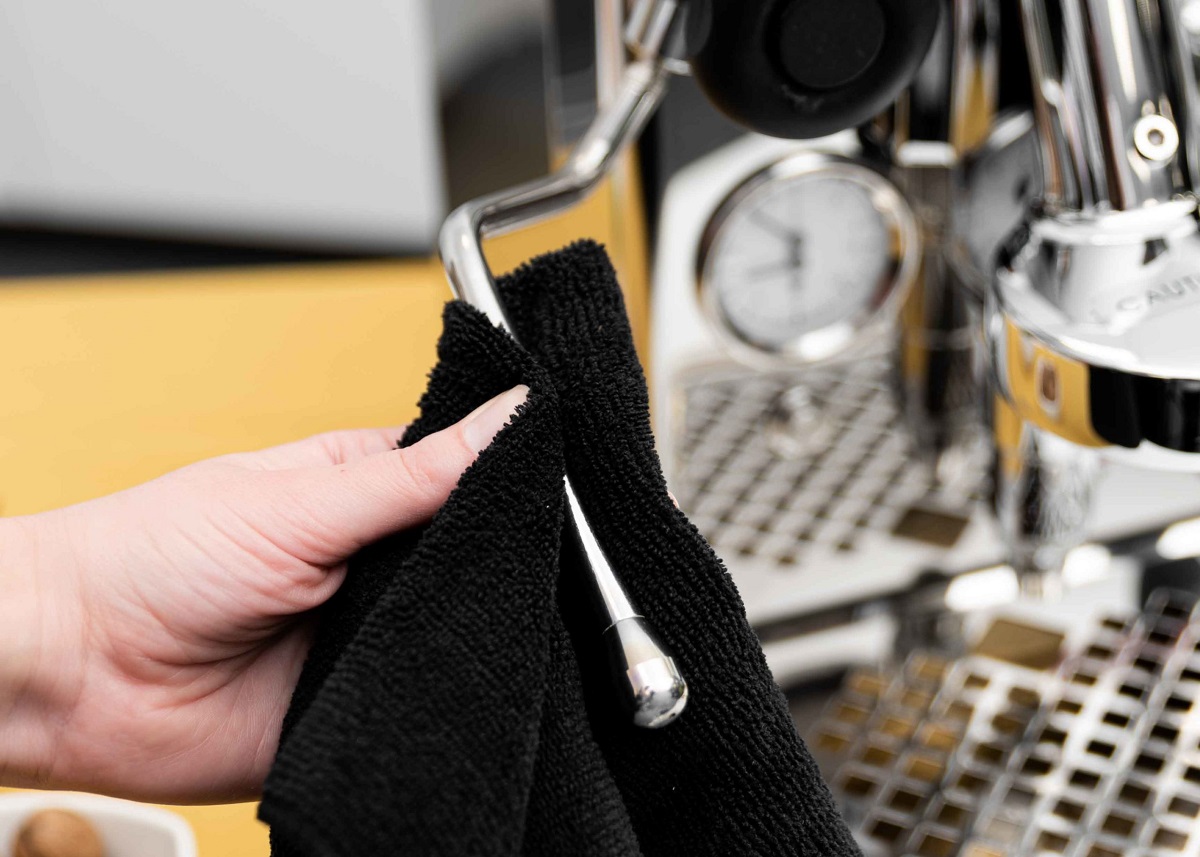
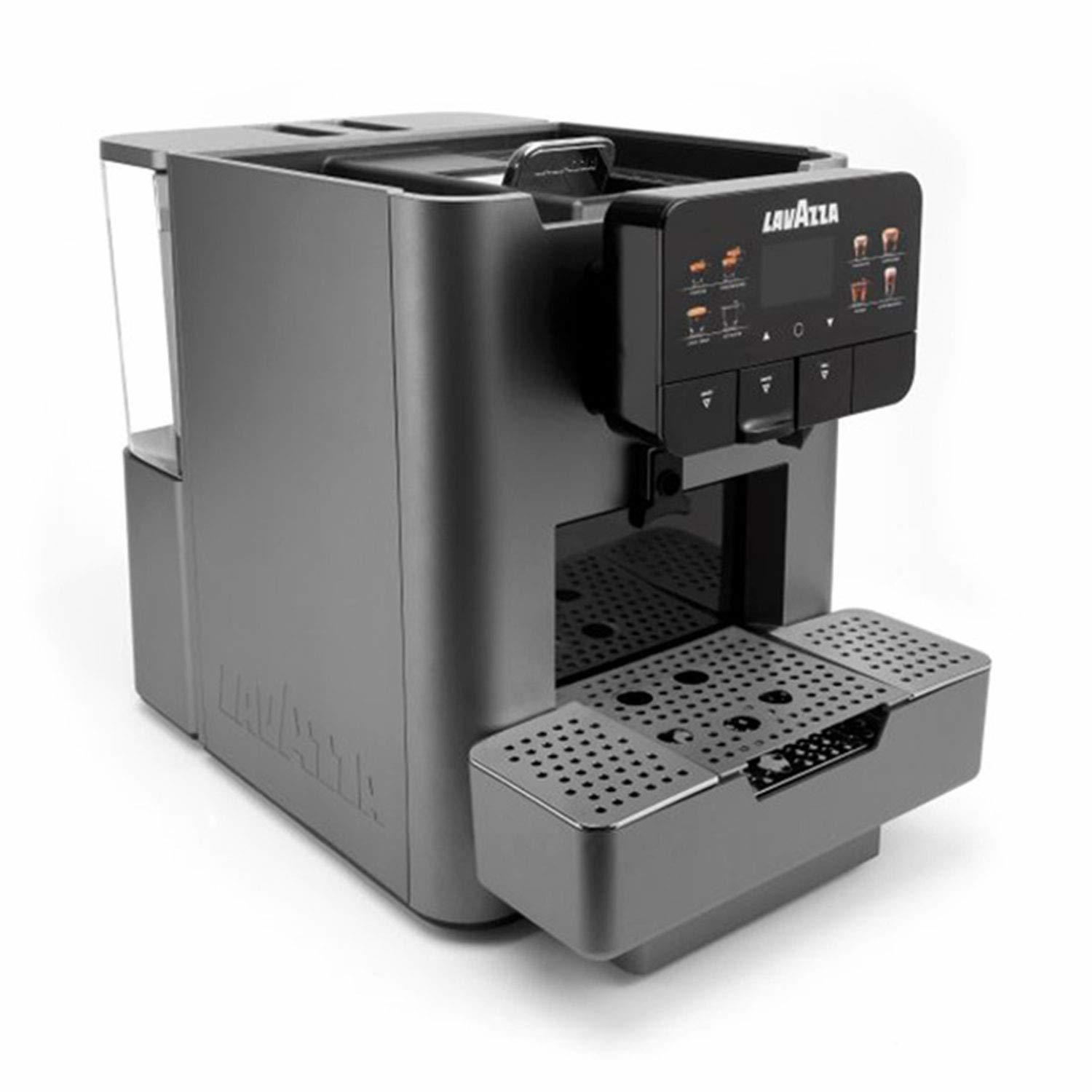
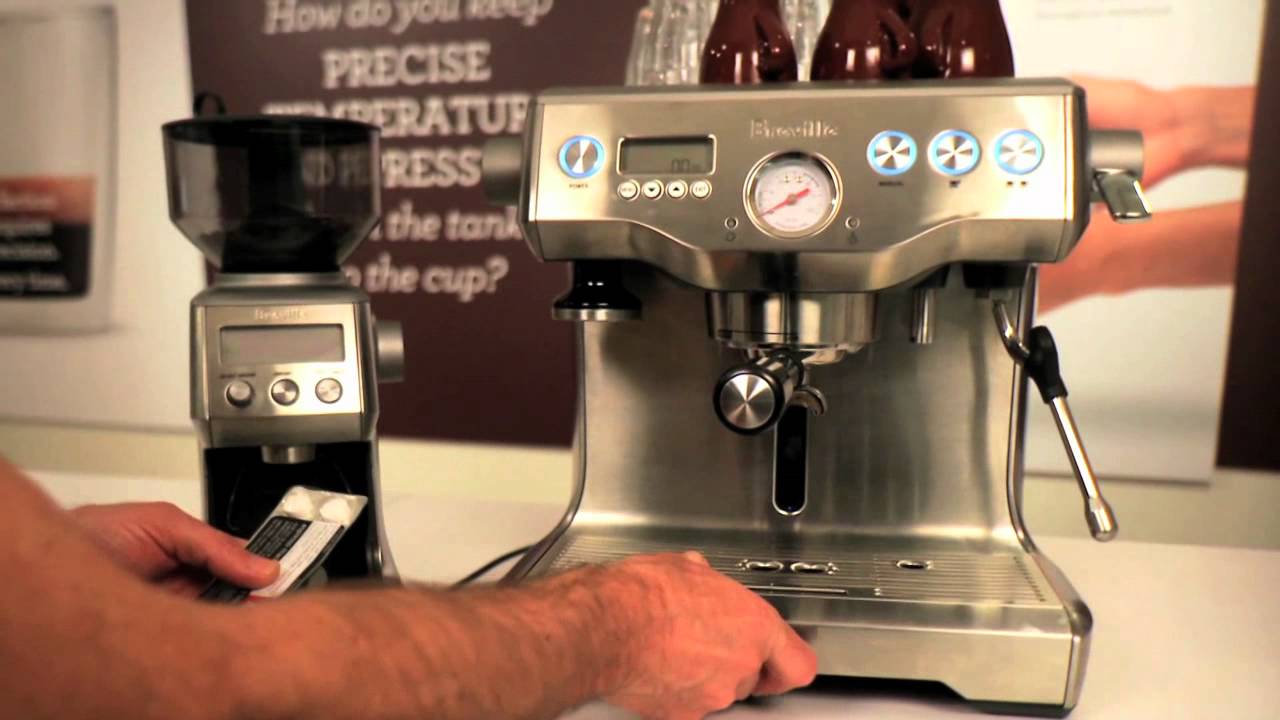
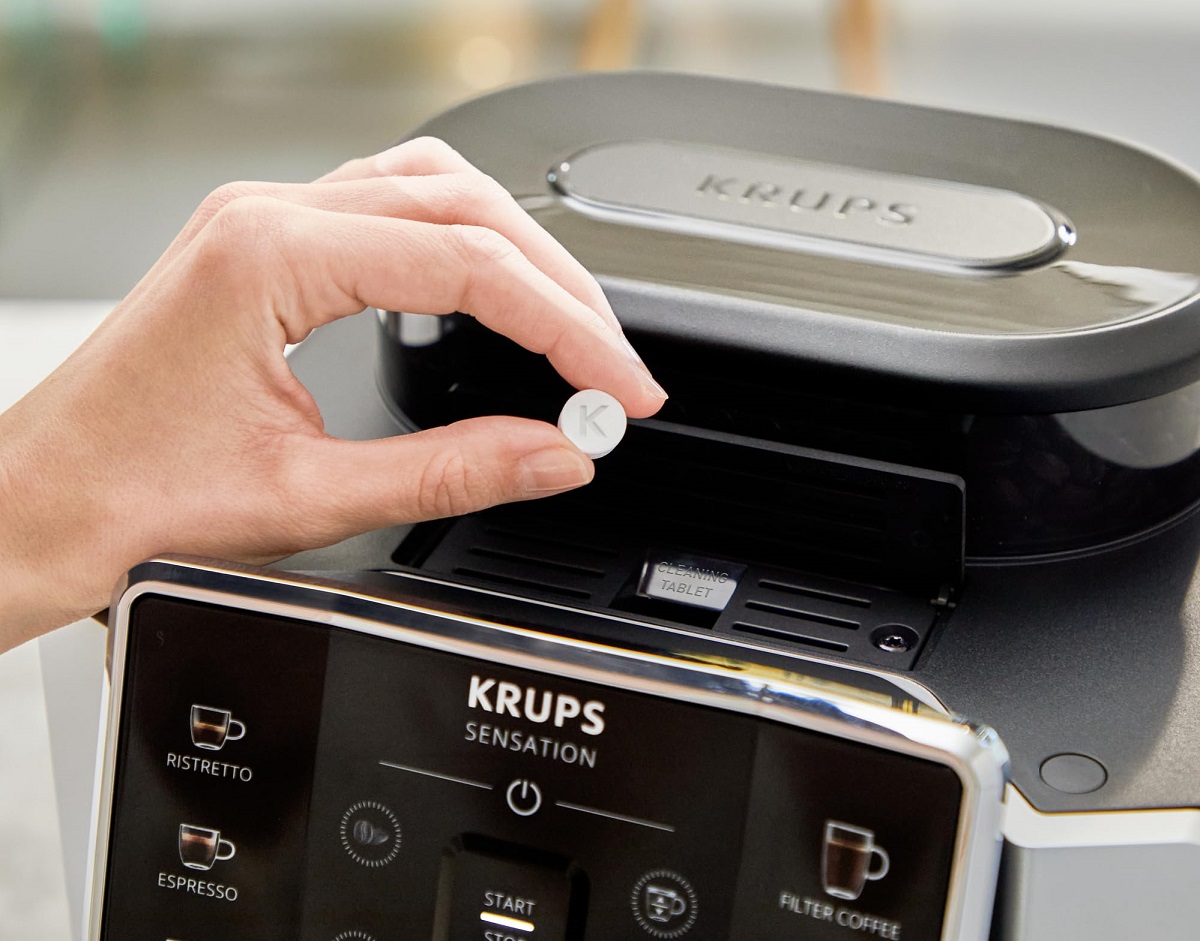
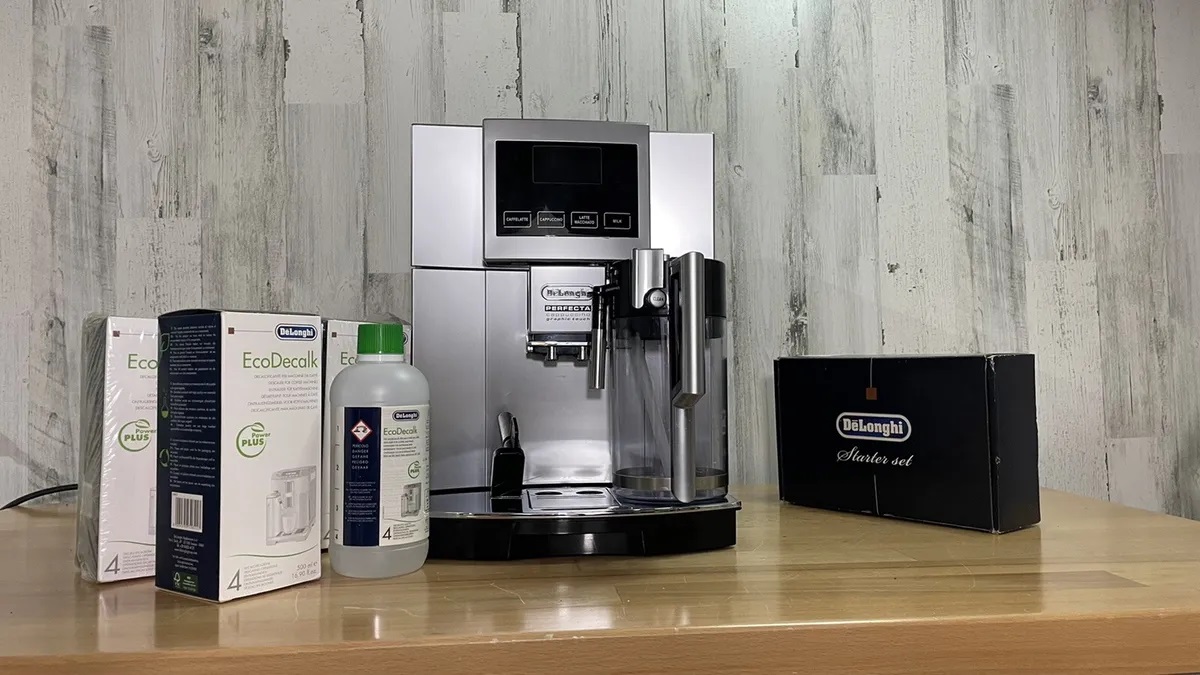
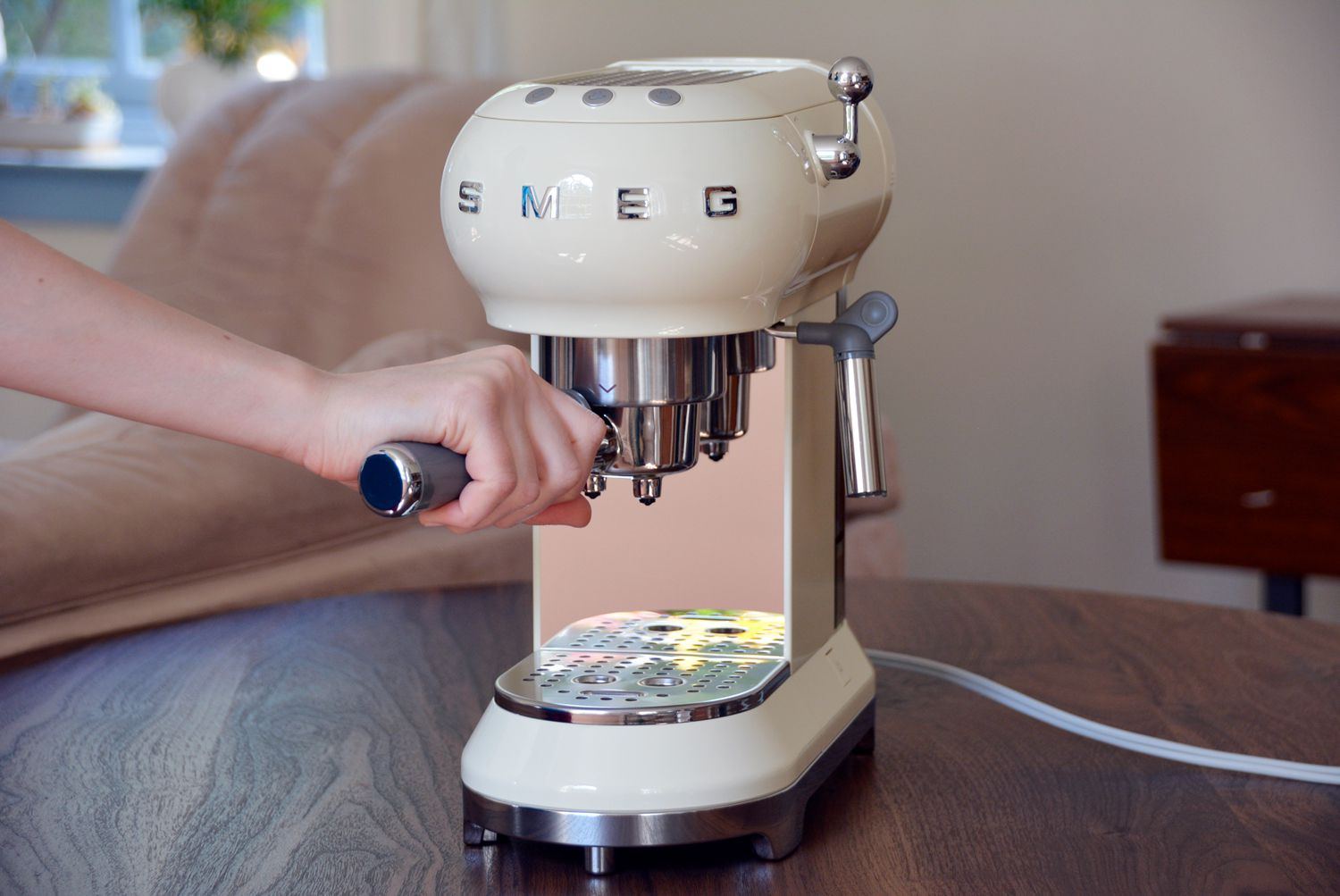
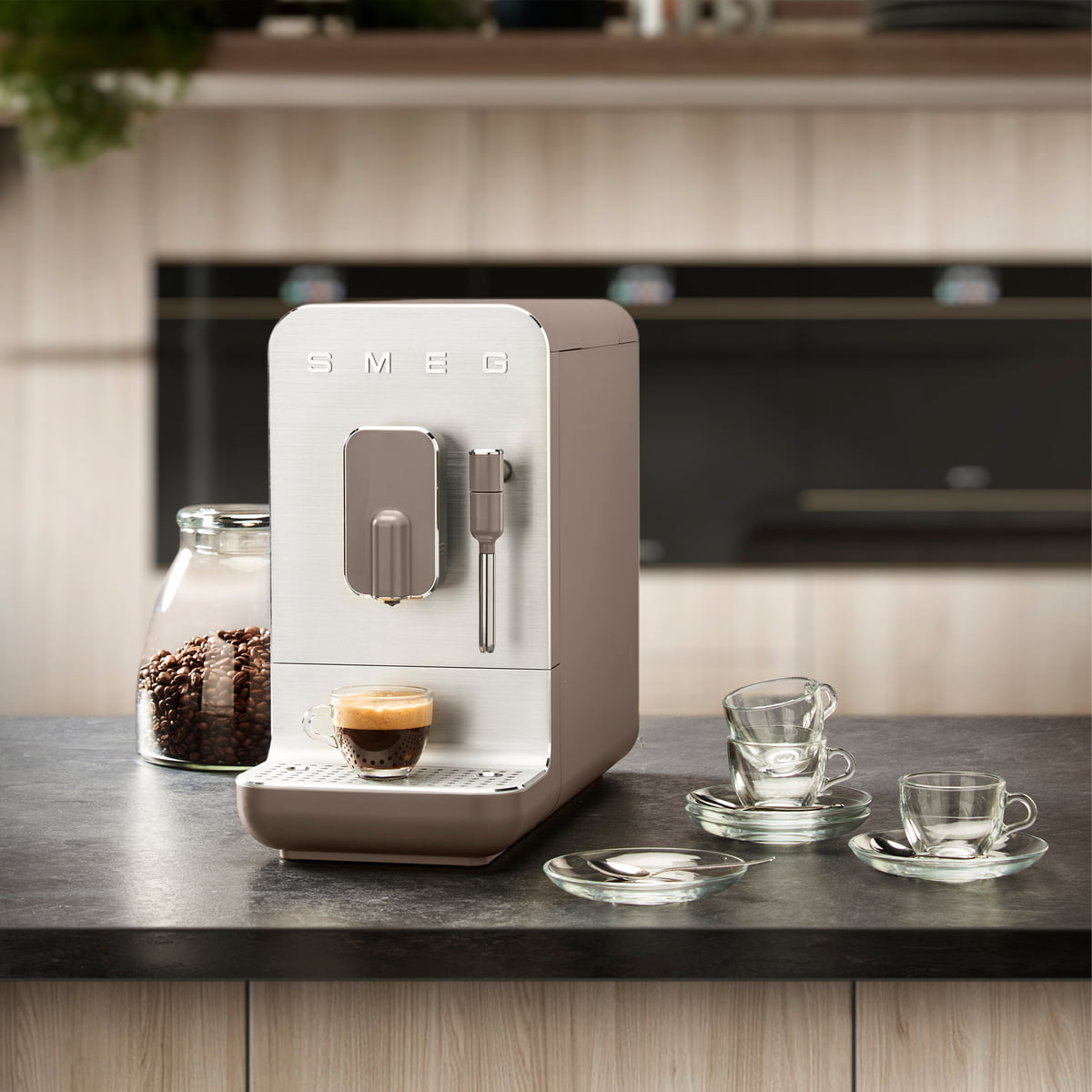
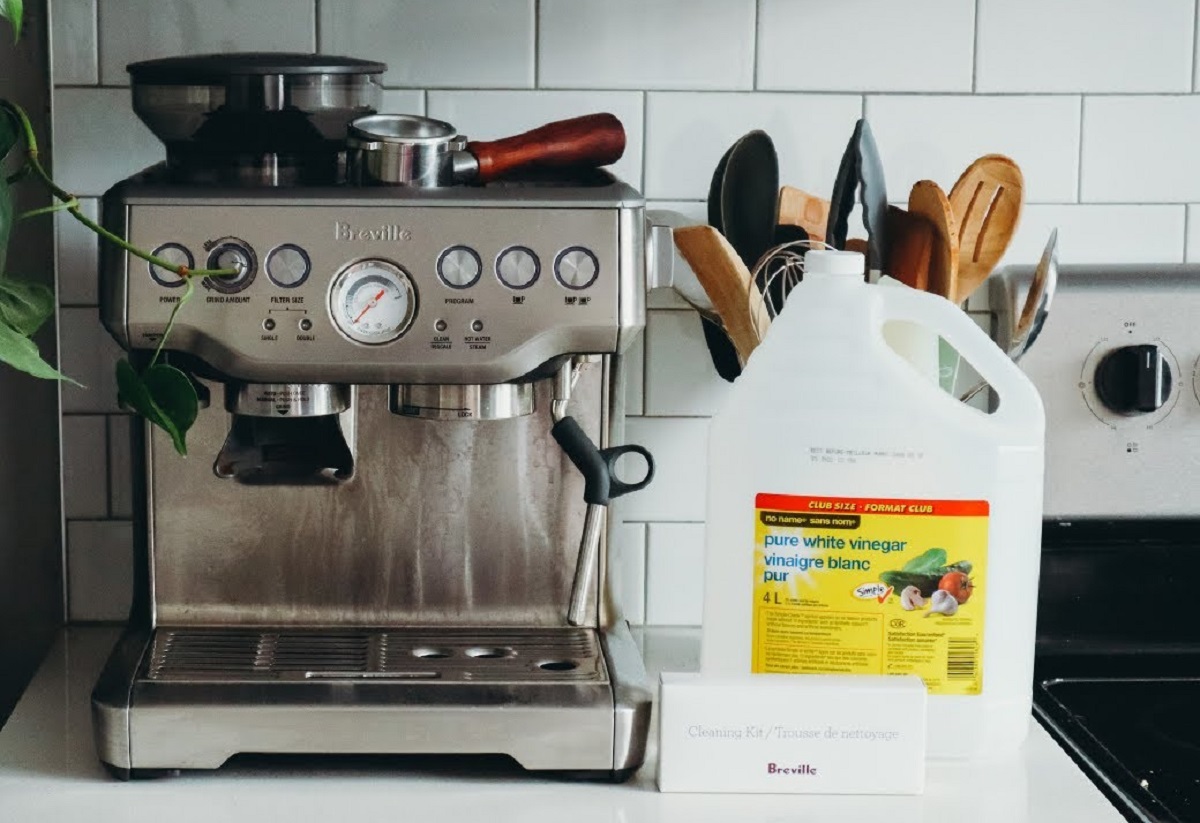
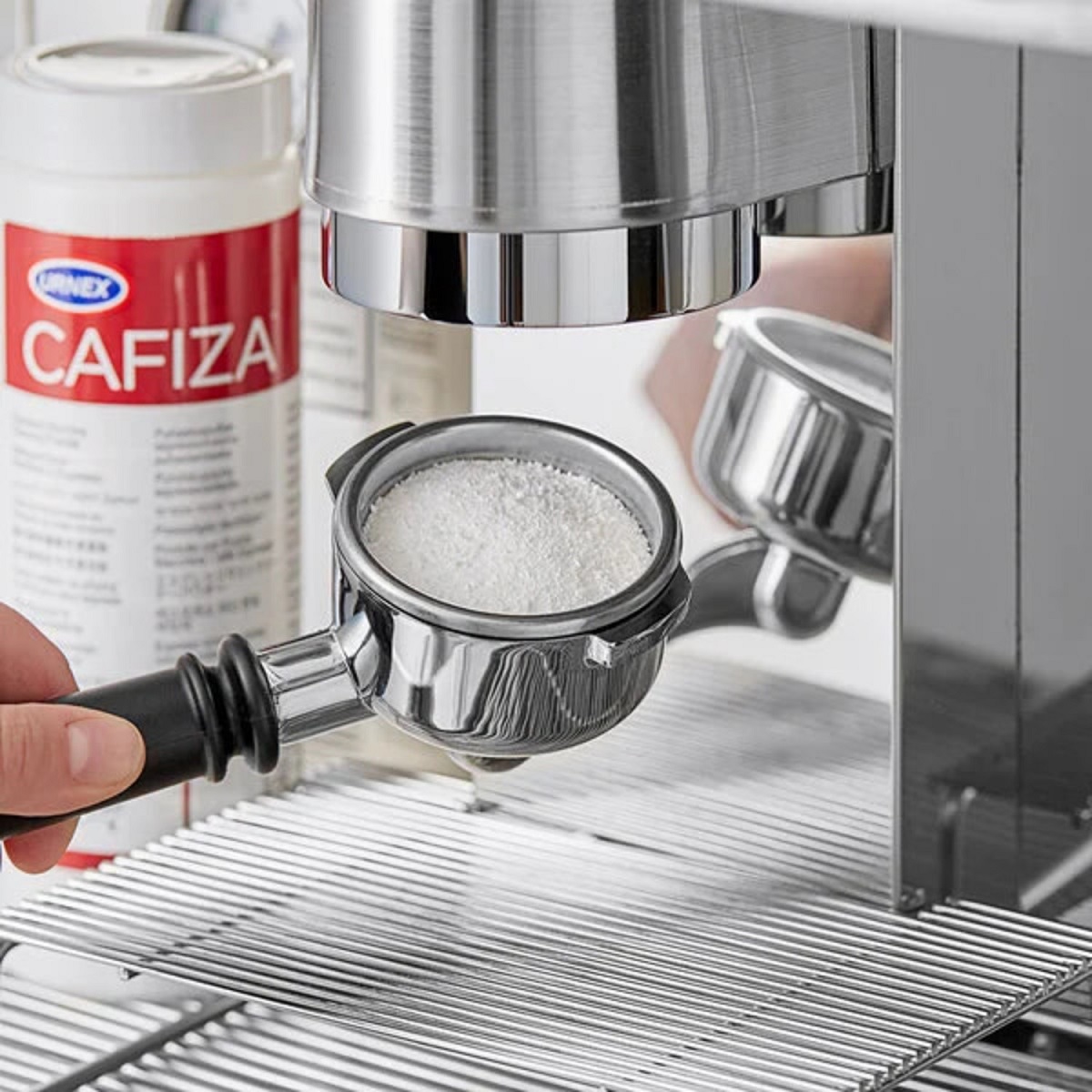
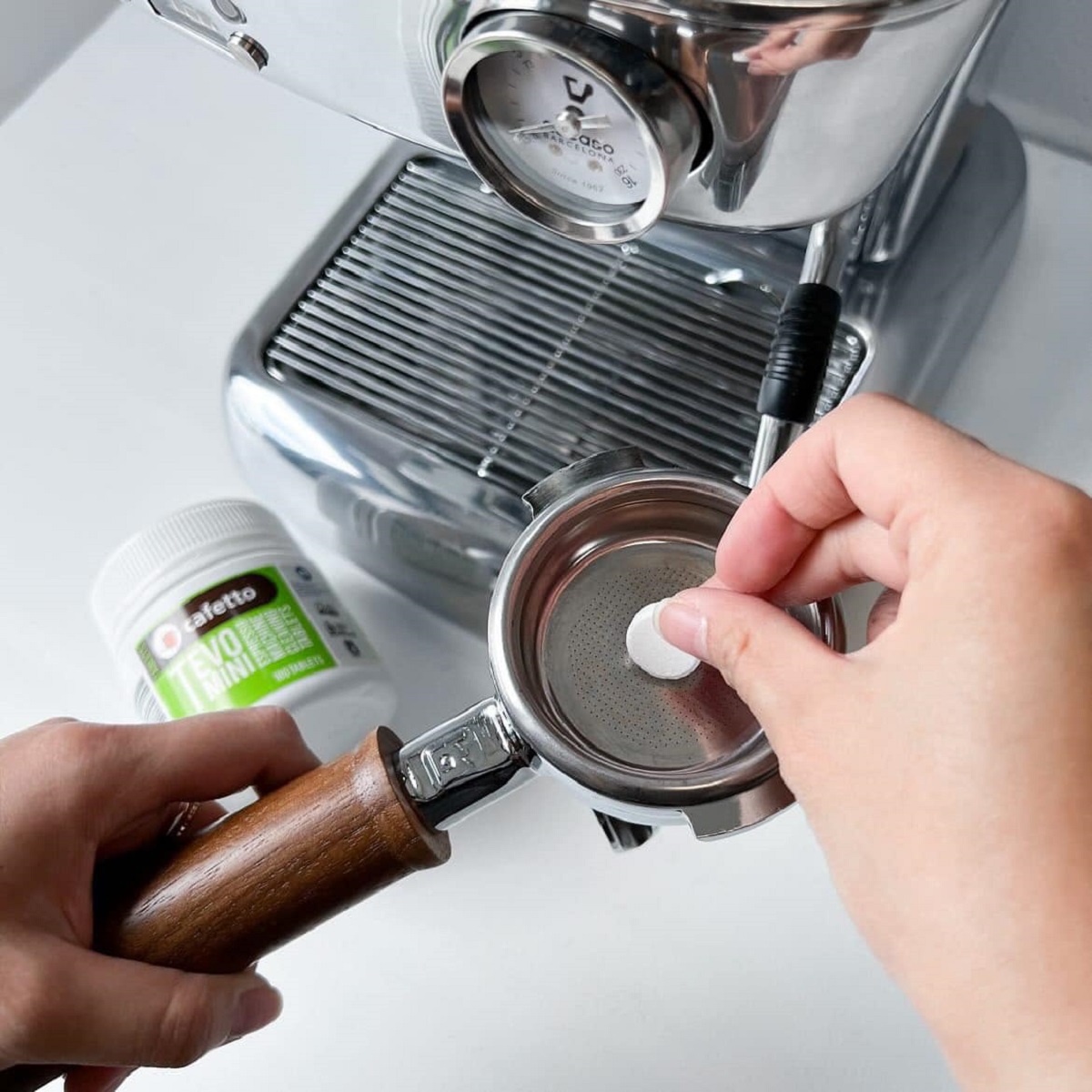

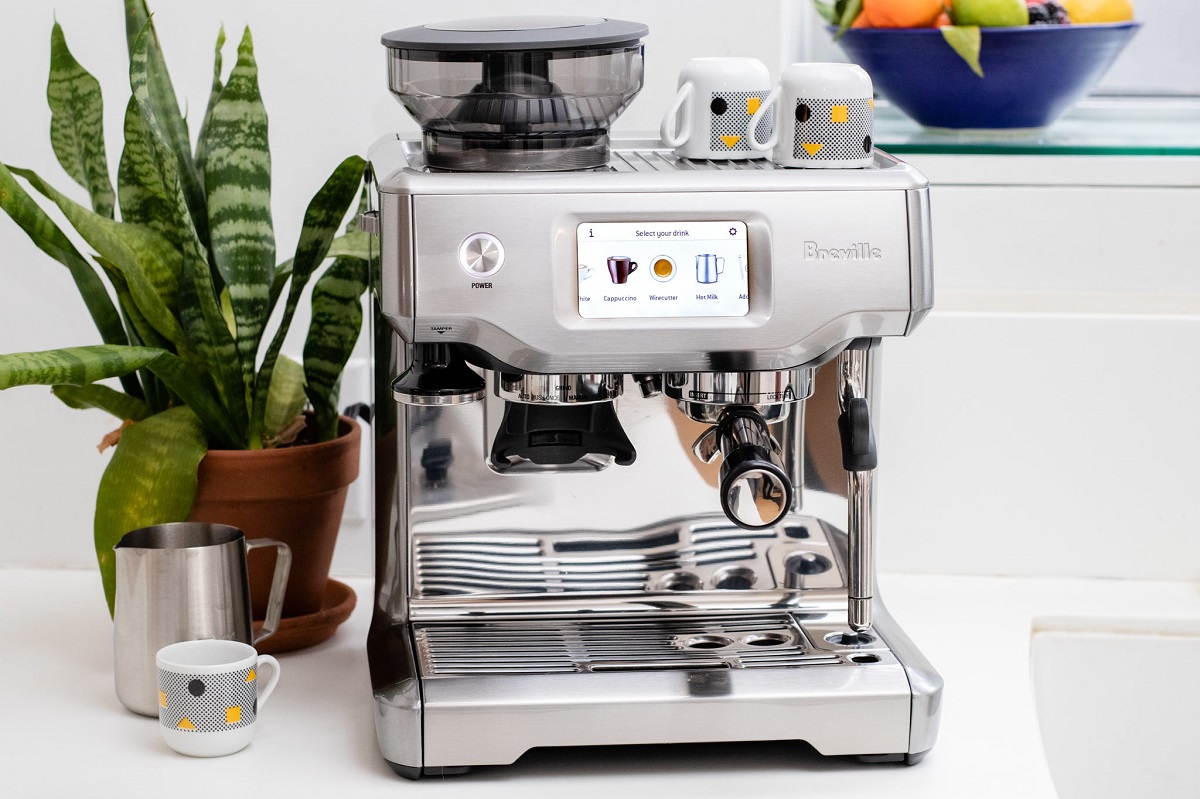
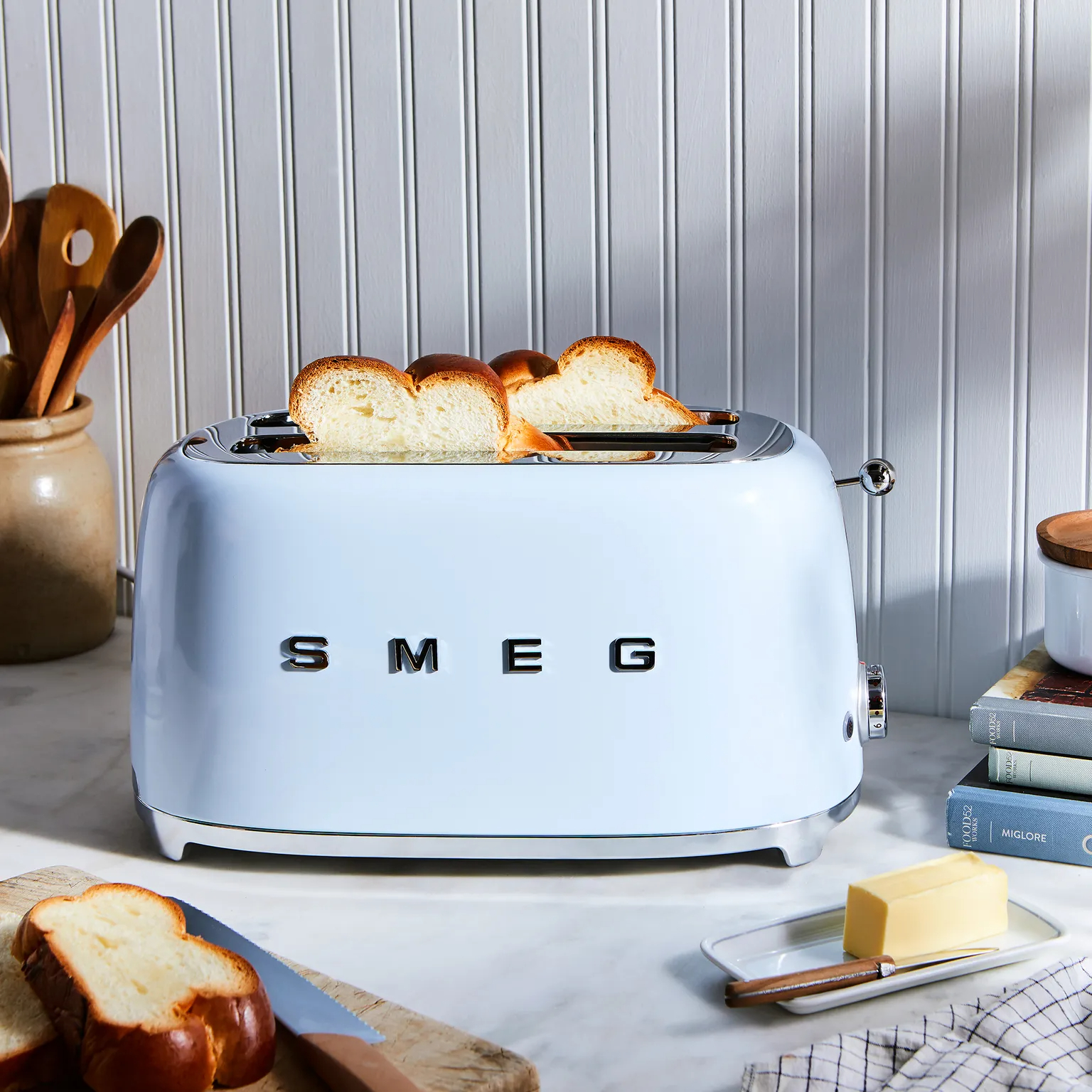
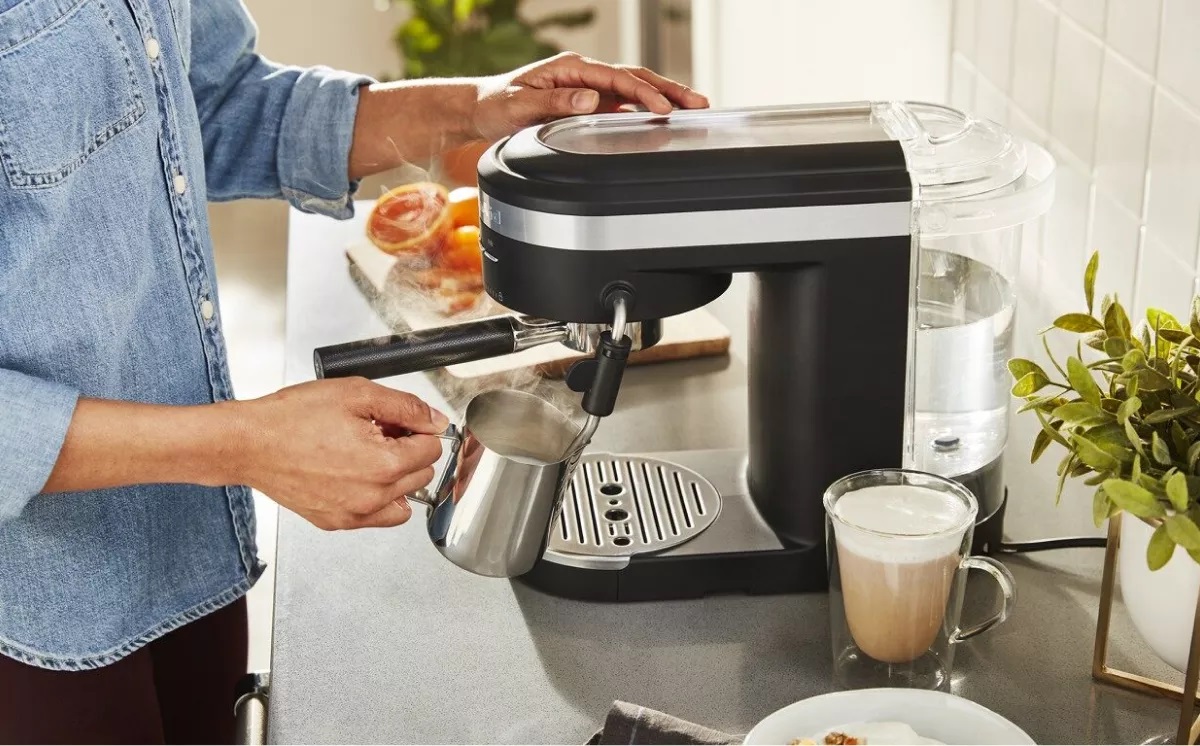

0 thoughts on “How To Clean The Smeg Espresso Machine”